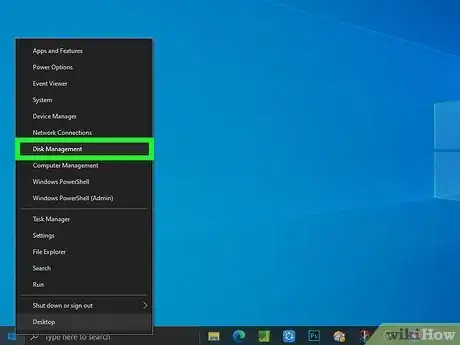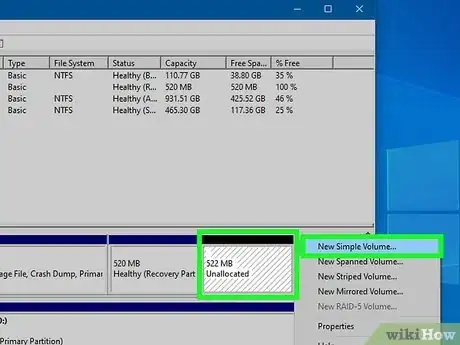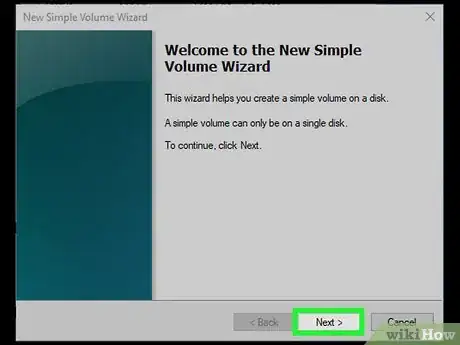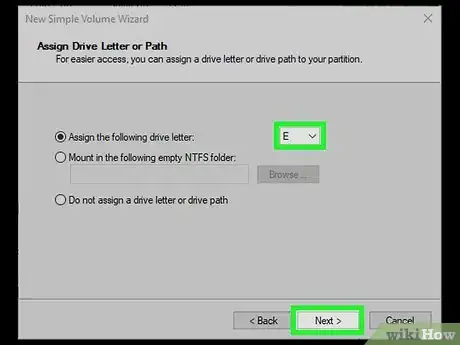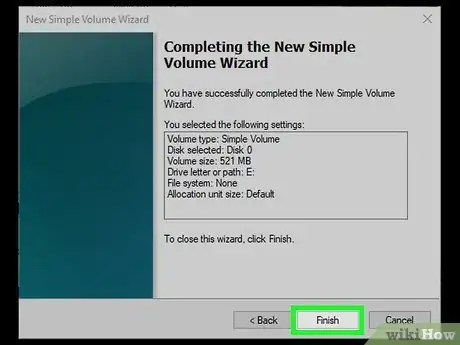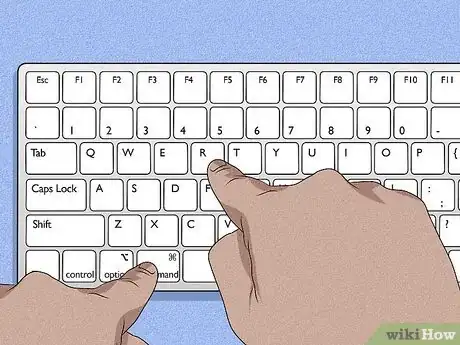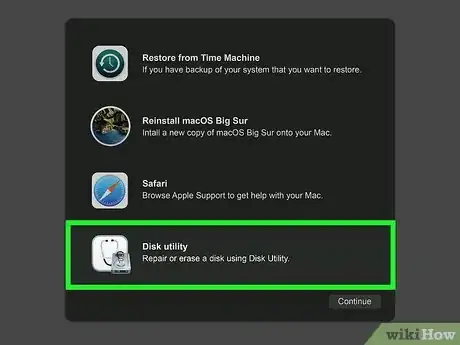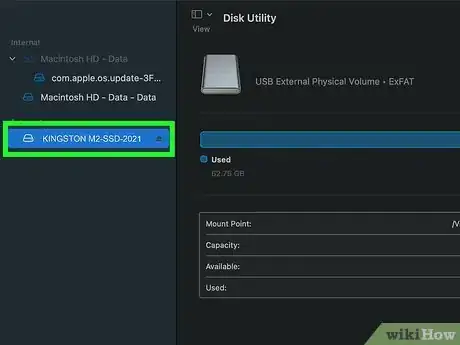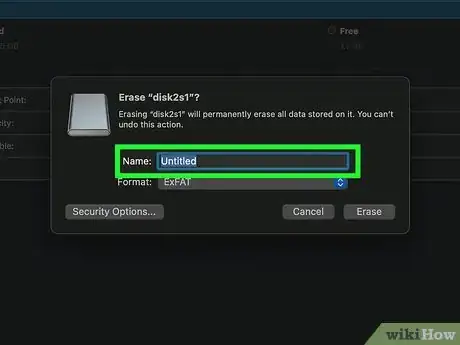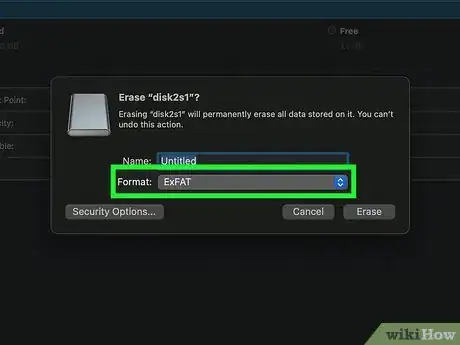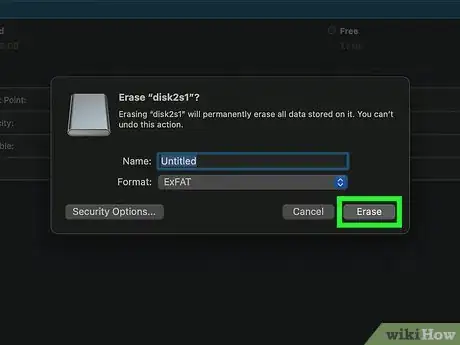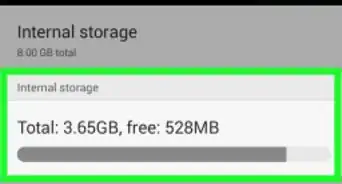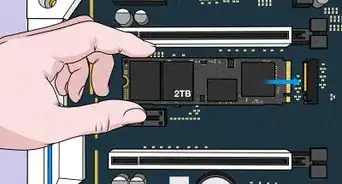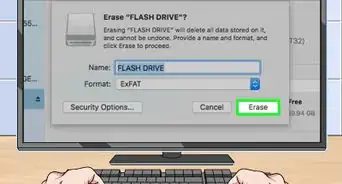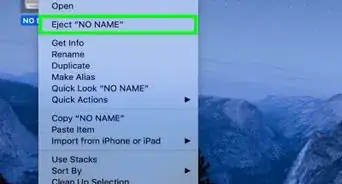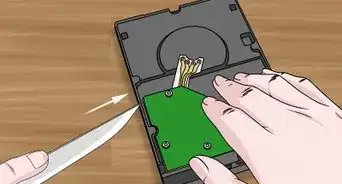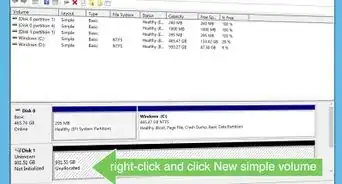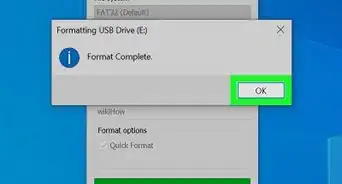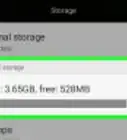This article was co-authored by wikiHow staff writer, Nicole Levine, MFA. Nicole Levine is a Technology Writer and Editor for wikiHow. She has more than 20 years of experience creating technical documentation and leading support teams at major web hosting and software companies. Nicole also holds an MFA in Creative Writing from Portland State University and teaches composition, fiction-writing, and zine-making at various institutions.
This article has been viewed 38,808 times.
Learn more...
This wikiHow teaches you how to format an M.2 SSD drive on your PC or Mac. An M.2 SSD drive is a smaller version of a typical SSD hard drive, looking more like a stick of RAM than what you'd expect of a hard drive. M.2 SSD drives can be formatted the same way you'd format other drives in your computer.
Steps
Windows
-
1
-
2Click Disk Management. It's near the middle of the window.Advertisement
-
3Right-click the Unallocated area and select New Simple Volume. This opens the formatting wizard.
-
4Click Next on the welcome screen.
-
5Specify the volume size (if different) and click Next. The full amount of drive space will be selected by default, and there's no need to make a change unless you want to create separate volumes.[1]
-
6Select a drive letter and click Next. This letter will represent the drive on the computer.
-
7Click Next. This will format the drive. Once the format is complete, a confirmation message will appear.
-
8Click Finish. You can now close the Disk Management window.
macOS
-
1Boot your Mac into Recovery. After installing your M.2 SSD and put your Mac back together, you'll want to boot it into macOS Recovery. Press the power button on your Mac to turn it on, and then immediately press and hold the Command + R keys at the same time.[2] You can release your fingers from the keys when you see the Apple logo or globe.
-
2Click Disk Utility. This opens the utility you'll use to format your M.2 SSD.
-
3Select your new M.2 SSD in the left panel. Information about the drive will appear in the right panel.
-
4Click the Erase button. It's at the top-center part of the window. A pop-up window will appear.
-
5Enter a name for the drive. This can be anything you wish, such as the drive's purpose or even "M.2 SSD."
-
6Select a format. If you'll just be using this drive on your Mac, select APFS (which is probably selected by default. You can choose a different format if you'd like, but this is the fastest and most up-to-date file system offered by Apple—it's also compatible with Windows PCs just like exFAT.[3]
- GUID Partition Map will be the selected scheme by default—you don't need to change this.
-
7Click Erase to start the format. This erases and formats your M.2 SSD.
- At this point, click the red circle at the top-left corner of the window to close Disk Utility.
- If you want to reinstall macOS or restore from a backup, choose one of those options and then select Continue. If not, shut your Mac down and then reboot as normal.
References
About This Article
1. Right-click the Start menu and select Disk Management.
2. Right-click the Unallocated space and select New Simple Volume.
3. Click Next.
4. Specify the volume size and click Next.
5. Select a drive letter and click Next.
6. Click Finish.


